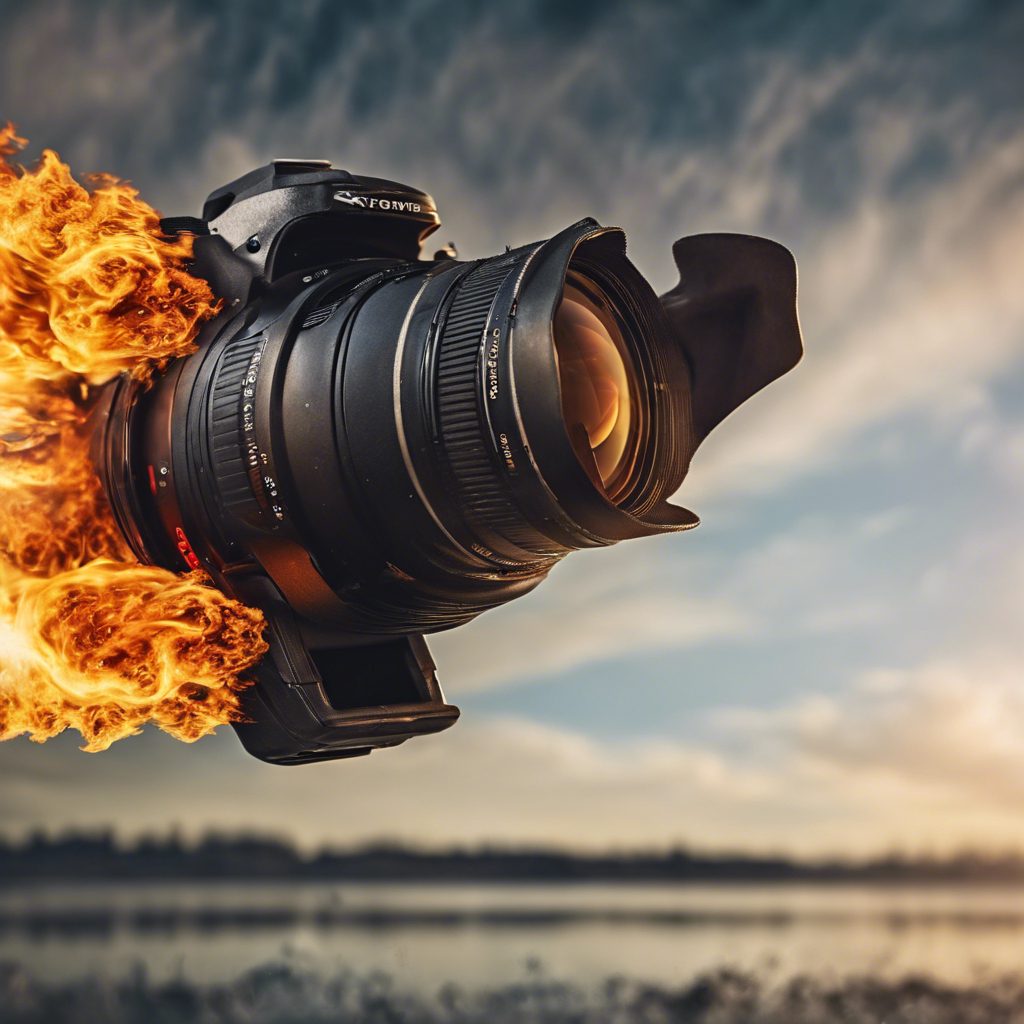Max Carter’s unconventional technique challenges traditional photography norms and sparks a heated debate among photographers.
Los Angeles-based photographer Max Carter has caused a stir in the photography community by defying convention and holding his camera lens over the top instead of underneath. This unique approach has garnered a range of reactions, from outrage and confusion to reluctant admiration. Carter’s decision to flip his camera has ignited a debate within the industry, with some dismissing it as a gimmick and others praising it as a revolutionary departure from the norm.
A New Perspective and a Forearm Workout
Carter explains that his decision to hold his camera lens from the top was driven by a desire to explore new perspectives. He sees it as an opportunity to differentiate himself from other photographers and inject creativity into his work. Additionally, Carter humorously notes that the technique doubles as a forearm workout, showcasing his lighthearted approach to the controversy.
Outrage, Confusion, and Reluctant Admiration
When Carter’s unconventional grip was first noticed during a beach photoshoot, it triggered a range of reactions from fellow photographers. Many initially believed he was correcting a lens error, only to realize it was an intentional choice. The scene quickly became a mix of gasps, scoffs, and intrigued murmurs. Renowned photographer Linda Evans, present at the shoot, expressed her disbelief and labeled the technique as absurd. However, a handful of avant-garde photographers have praised Carter for challenging the established norms and pushing boundaries.
Debates in the Photography Community
Online photography forums have become a hotbed of discussion surrounding Carter’s technique. Traditionalists argue that it is a reckless gimmick that compromises image stability and quality. They emphasize the importance of supporting lenses from underneath to maintain balance and reduce camera shake. On the other hand, some photographers view Carter’s approach as a revolutionary departure from the norm. They appreciate his willingness to experiment and break free from the constraints of traditional photography.
The Polarizing Impact on Social Media
Carter’s Instagram post featuring a beach sunset shot taken with his upside-down technique garnered significant attention. Followers were both confused and intrigued, with some mistaking it for a new filter and others questioning the sanity of the approach. The post received a record number of comments, highlighting the polarizing effect of Carter’s unconventional style.
Perspectives from Photography Experts
Photography instructor Kevin Smith weighed in on the debate, acknowledging the importance of exploring new techniques but cautioning against disregarding the principles of physics and balance. Smith expressed both curiosity and skepticism about Carter’s approach, noting that it might be a case of pushing boundaries or simply a love for living life on the edge.
The Future of the “Carter Grip”
In an interesting turn of events, a camera accessory company has hinted at designing a “Carter Grip” to honor this unconventional method. While it remains to be seen whether the technique will become a lasting trend or a mere quirk in photography history, Carter remains undeterred, continuing to capture attention and lenses with his unique approach.
Conclusion: Max Carter’s decision to hold his camera lens from the top has ignited a passionate debate within the photography community. While some dismiss it as a gimmick that compromises stability and image quality, others view it as a revolutionary departure from the norm. Carter’s unorthodox technique challenges established photography practices and pushes the boundaries of creativity. Whether his approach will become a lasting trend or a passing curiosity, it serves as a reminder of the importance of experimentation and the power of individuality in the world of photography.











